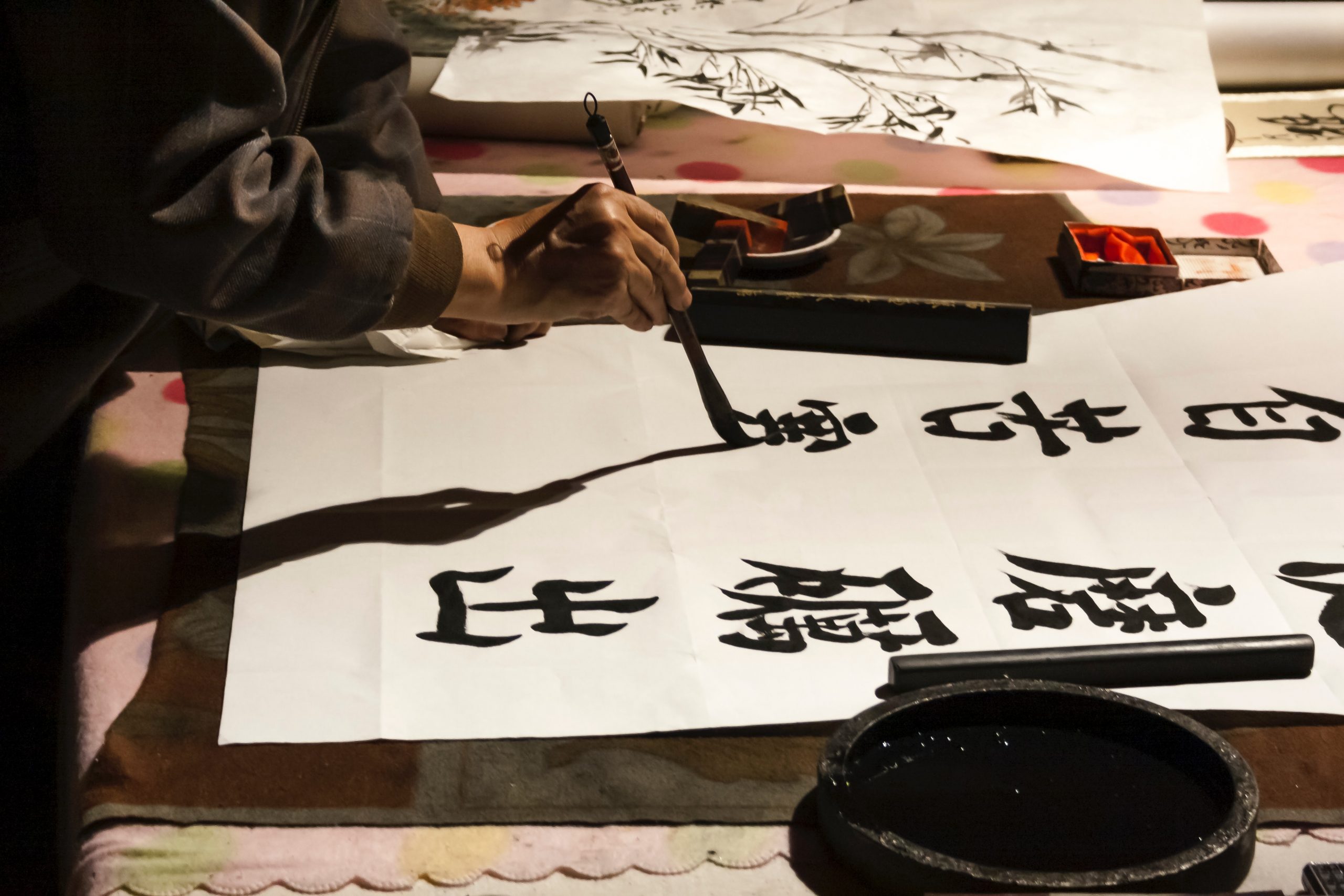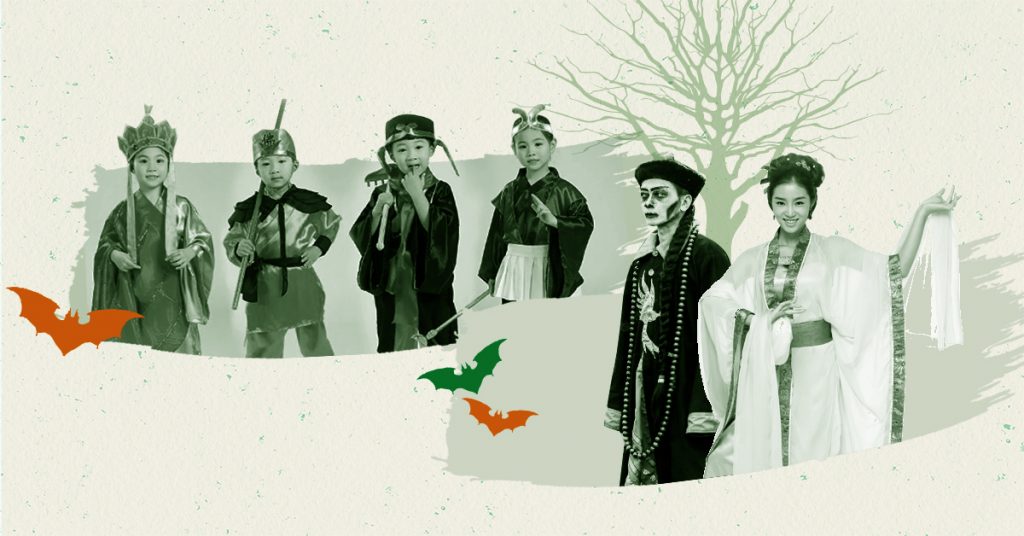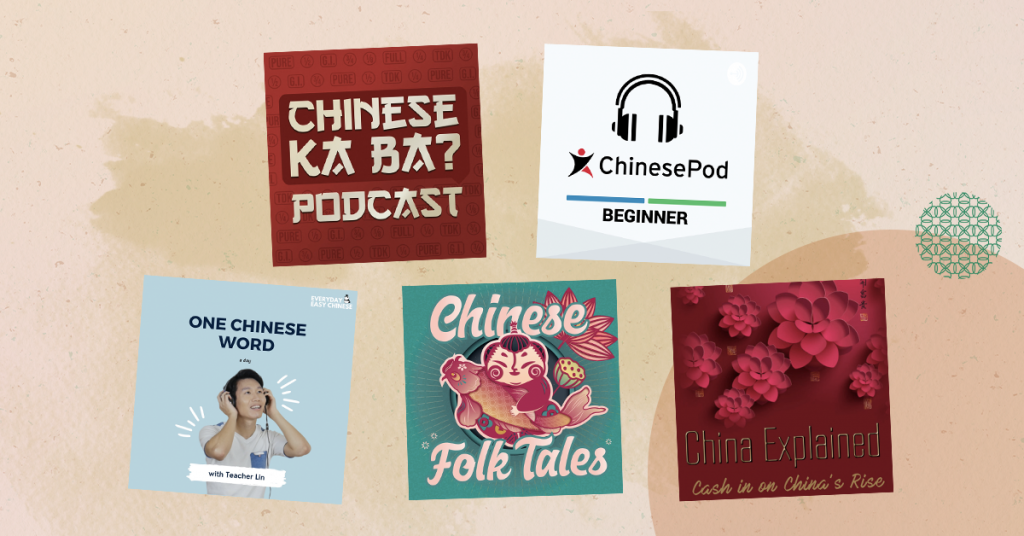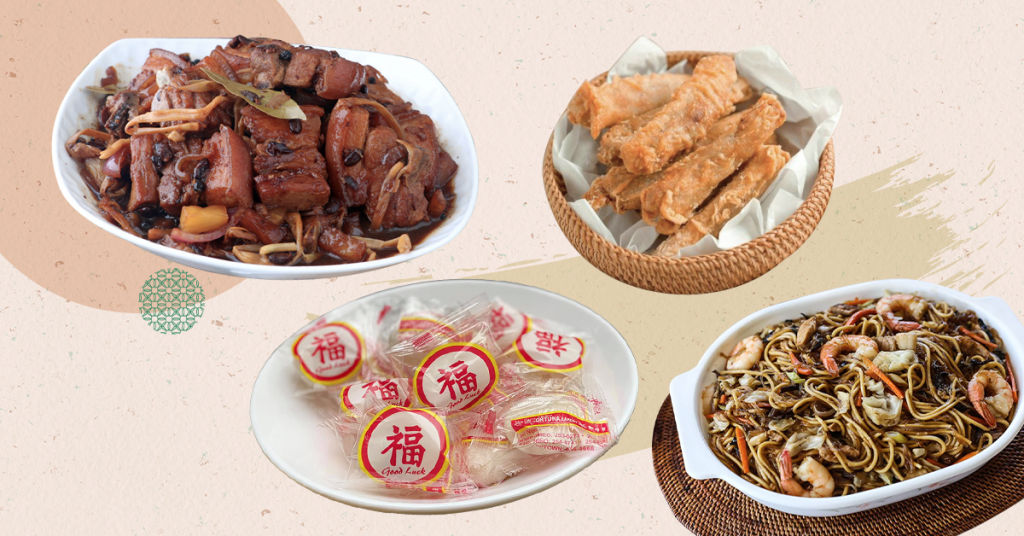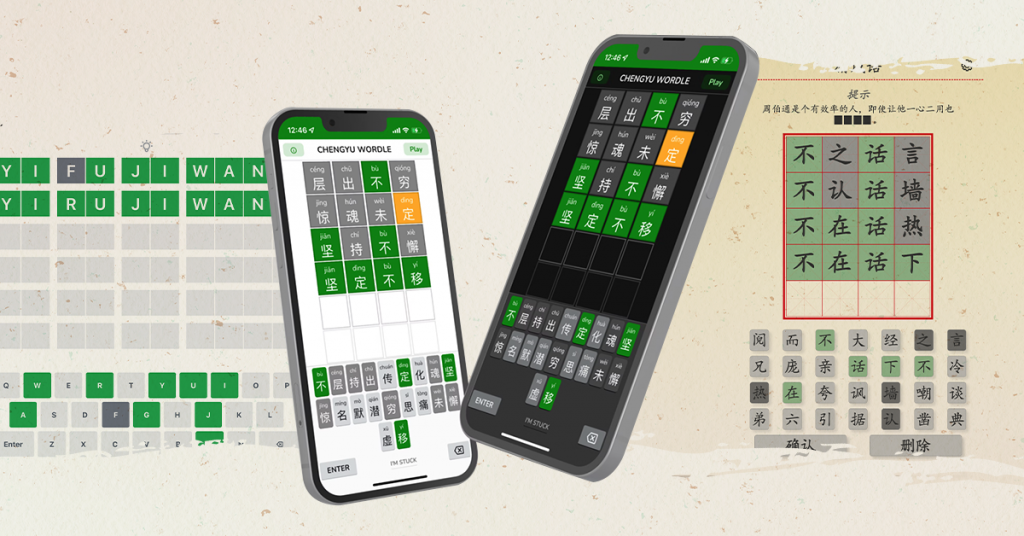Calligraphy was trending recently at one point, but Chinese calligraphy has been around for centuries. Chinese calligraphy dates back to 206BCE -220 CE during the Han Dynasty.
It was held in such high regard in East Asia that educated men and some court women were expected to be proficient at it. Moreover, Chinese calligraphy heavily influences Chinese painting styles and vice versa.
Chinese calligraphy materials
Chinese calligraphy brushes use animal hair — or very rarely, feathers — tied to a bamboo or wood handle. This made the brush extremely flexible. To produce the ink, the writers rubbed a dried cake of animal or vegetable matter against a wet stone.
The beautiful script was written on wood, bamboo, and silk from around 300 BCE, and paper came into the mix at around 100CE. But calligraphy could be used on everything, including banners and fans. The development of finer quality paper led to more artistic styles of calligraphy because the ink was better absorbed on the paper.
Types of calligraphy scripts
Varying brushstroke thicknesses, fluid connections, and subtle angles were the markers of great Chinese calligraphers. And calligraphy scripts were categorized into 5 main groups:
1. Seal Script (from around 1200 BCE)
This was a formal style used for seals and official documents. It was very uniform in thickness and had few direction changes, making it easier for carvers to reproduce.
2. Clerical Script (from around 200 BCE)
Heavy stroke endings distinguished this particular script. It was also considered a formal style, but this time reserved for clerks and officials.
3. Regular Script (from around 200-400 CE)
This was the most common type of script and is the most commonly used one today.
4. Cursive Script (from the 4th century CE)
The cursive script was a favorite among artists when adding notes to paintings.
5. Drafting Script (from the 7th century CE)
Lastly, the drafting script was sometimes also called “Grass Script” because it was the quickest to produce. The artist would stretch convention to the limits that sometimes characters would be hard to recognize.
Samples of scripts and styles of prominent calligraphy masters would be copied on to wood or stone for preservation to make paper copies from. These paper copies would then be distributed and used as bases for, say, lesser calligraphers. These were also useful for emperors who wished to promote a certain calligraphy style during their reign. They have also become a useful reference in studying the evolution of Chinese calligraphy.

